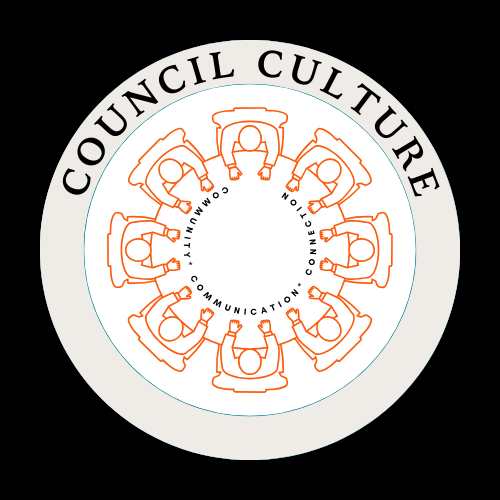Creating Surveys That People Actually Want to Answer
Surveys are one of the most common tools used by councils to gauge opinion, shape strategy, and justify decisions. But let’s be honest, many surveys are tedious, too long, overly formal, and lacking in emotional engagement. If you’ve ever wondered why your survey results are underwhelming, it might be the way the questions are framed.
To get better insights, we need to make our surveys feel less like bureaucratic box-ticking and more like meaningful conversations.
Start with Feelings, Not Just Facts
Many council surveys ask questions like:
Do you support this proposal?
How satisfied are you with local amenities?
Which option do you prefer?
These questions work at a surface level, but they only engage the thinking part of the brain. To dig deeper, try adding emotional language:
How important do you feel your local park is for wellbeing?
What worries you most about traffic in the area?
What makes you proud of where you live?
When you ask people how they feel, you tap into memory, experience, and values. This not only improves the quality of your feedback, but it also makes the person feel heard.
Keep It Short and Respectful
Most people won’t complete a survey that takes more than five minutes. They might start, but they won’t finish. Choose your top priorities and ask no more than ten well-worded questions. Let people know up front how long it will take, and thank them for their time. If it’s long, split it down into seasonal surveys or particular areas.
Make It Accessible
Consider your language. Avoid jargon. Use plain English. If you’re engaging a multilingual community, offer translations or at least translated introductions.
Think also about format. Can it be done easily on a phone? Is there an option to complete it in print? Are you offering help to people who may need assistance to complete it?
Use Story-Based Prompts
You can also include imaginative prompts:
Tell us one small thing that would make a big difference in your daily life.
Imagine it’s five years from now and your town has won an award for community spirit. What changed?
These types of questions ignite creative and aspirational thinking. They make people reflect and engage in a more meaningful way.
Ask for Help, Not Favour
Surveys should feel collaborative. Try introducing them with a message like:
“We are shaping our next community plan / budget, and we need your help. Please take a few minutes to tell us what matters most to you. Your views will directly inform the decisions we make.”
This is far more engaging than, “Please complete our survey.”
What Happens Next? Tell Them.
People are more likely to respond if they believe it will lead to action. That means publishing the results, even in summary form, and showing how feedback is being used. When you follow up with “You said, we did,” participation increases the next time.
A good survey is not just a data collection tool. It is a demonstration of respect, a spark for reflection, and a bridge between a council and its community.
Ask with care, listen with intention, and follow through with action. The only way to build trust is to do what you say you are going to do, and if you can’t do it, explain why.
